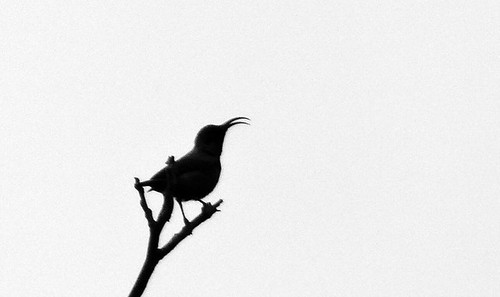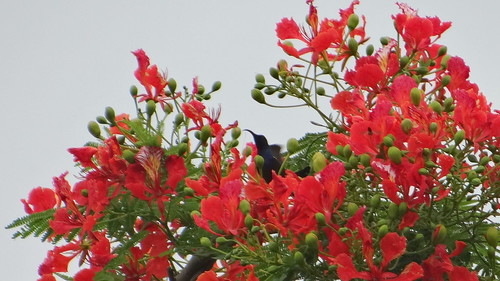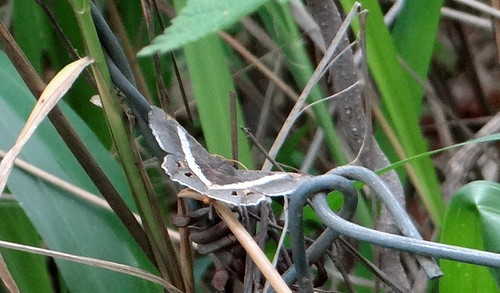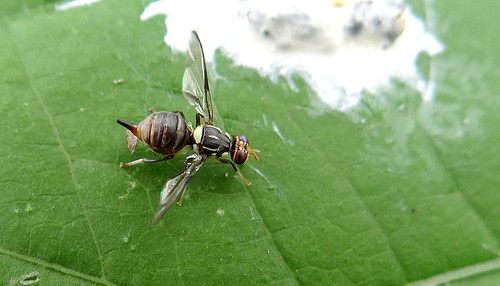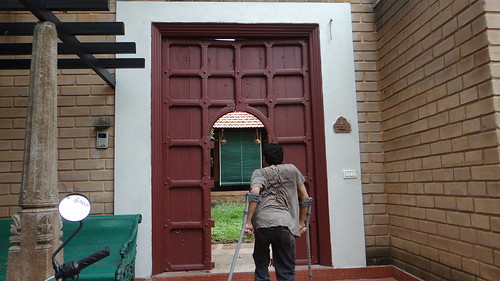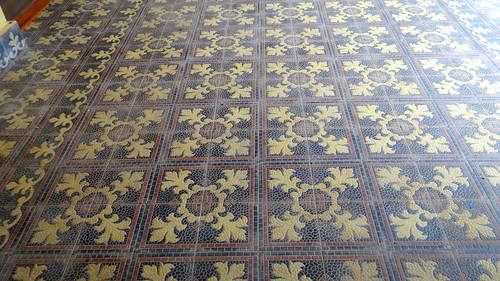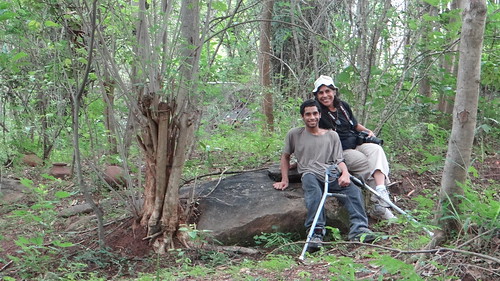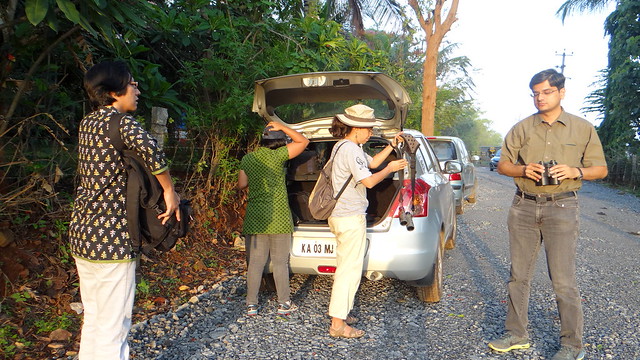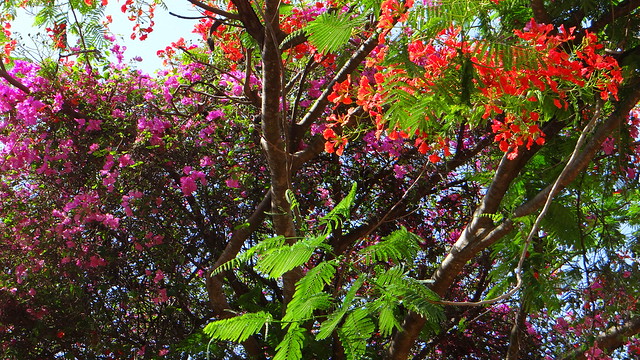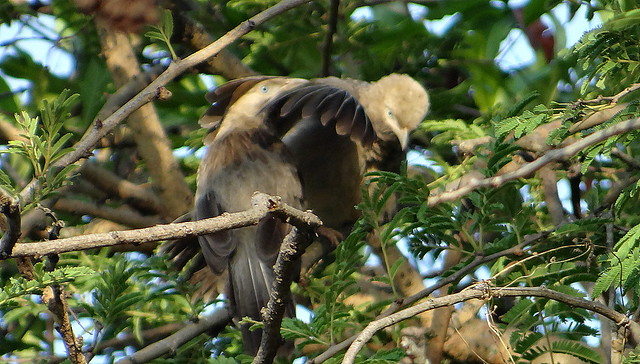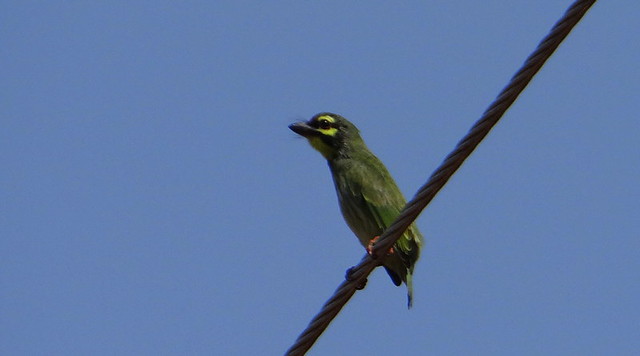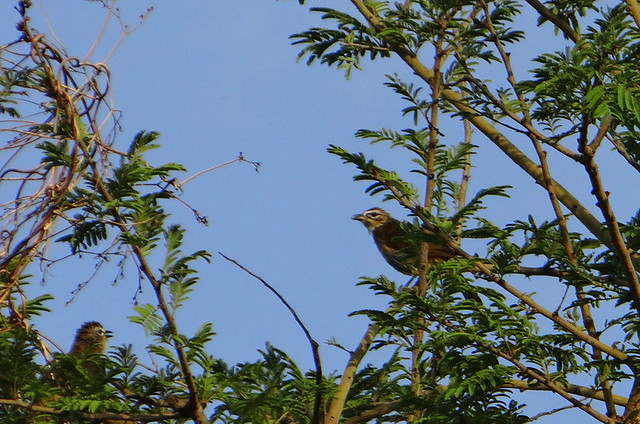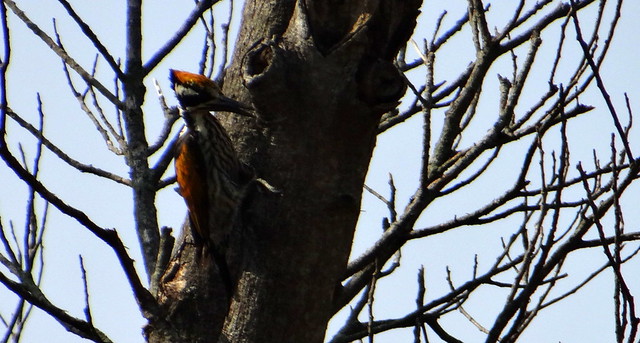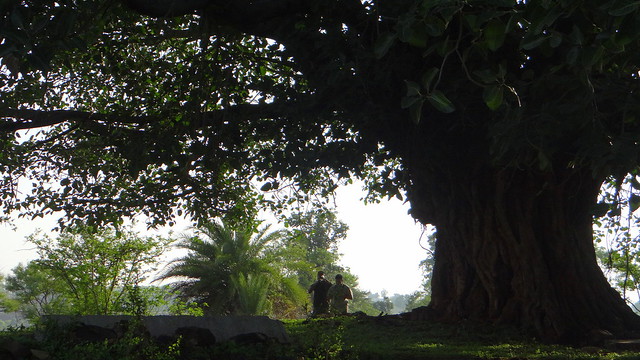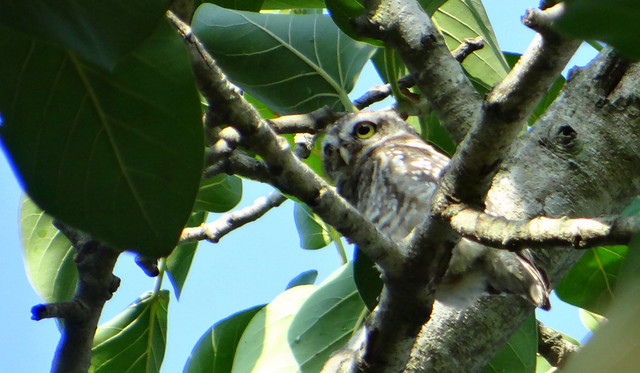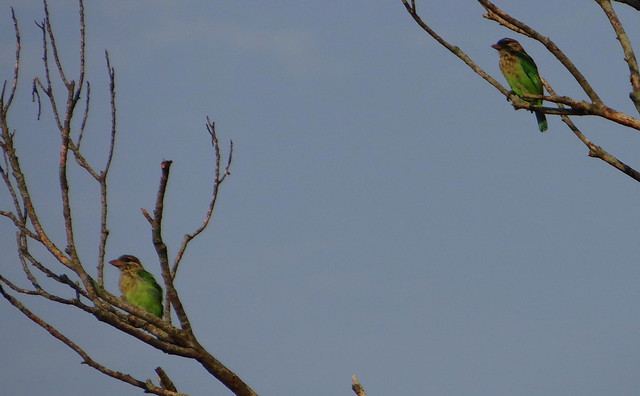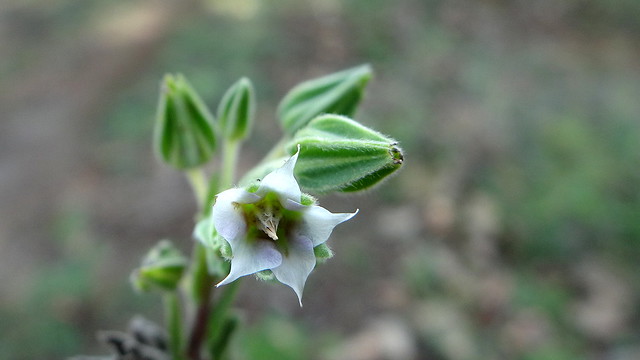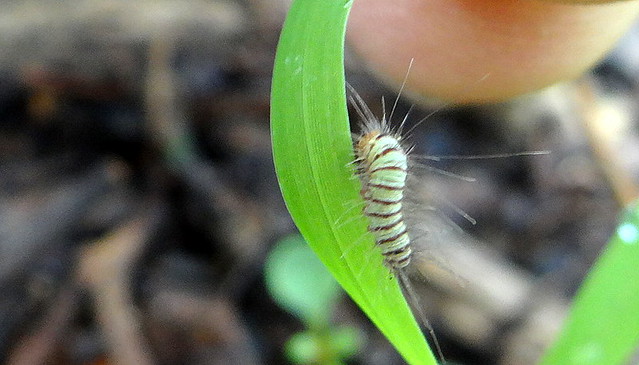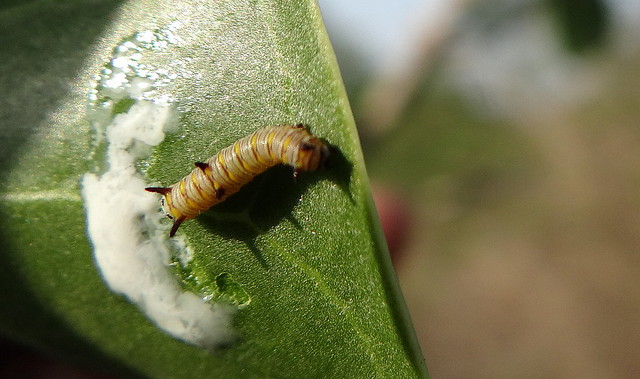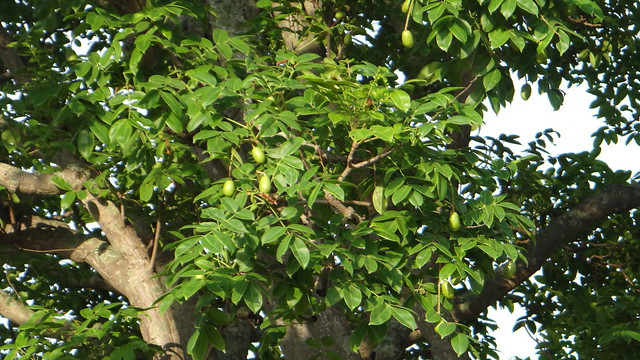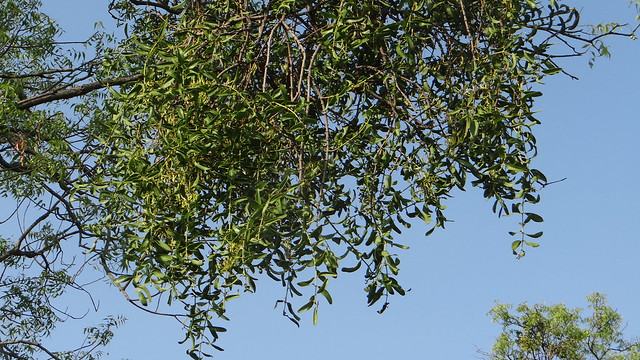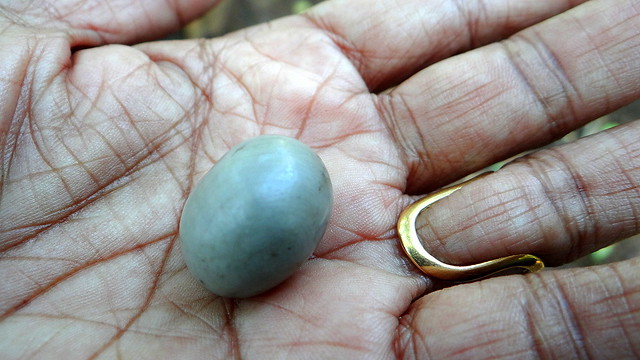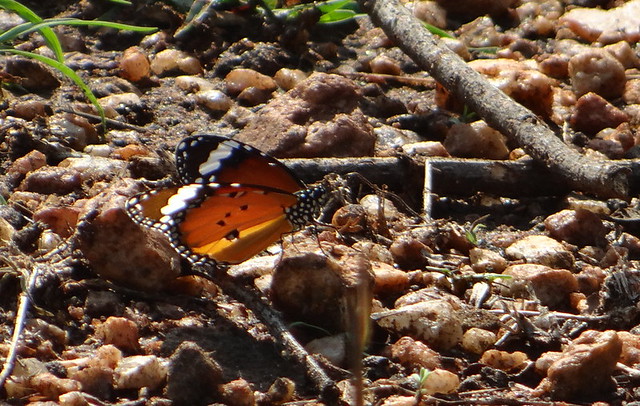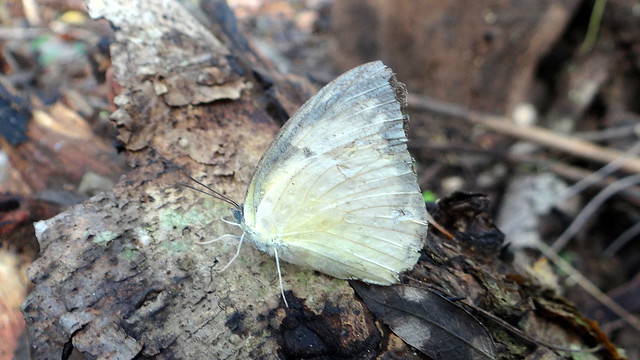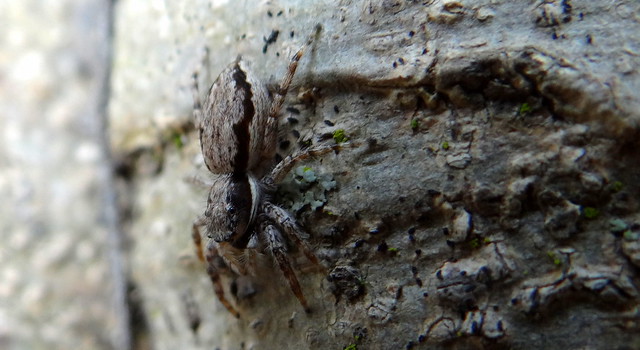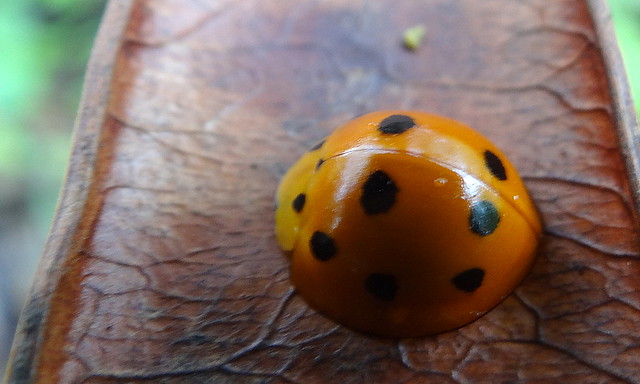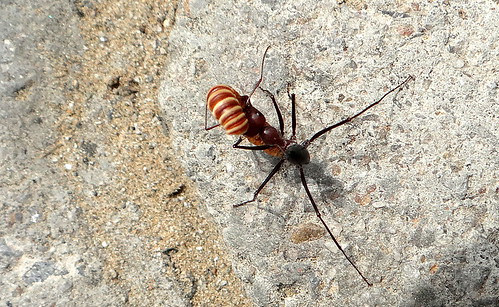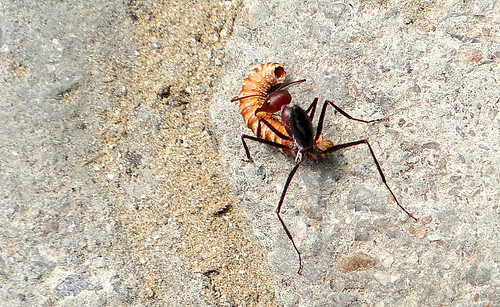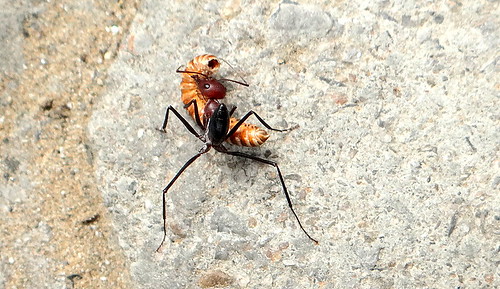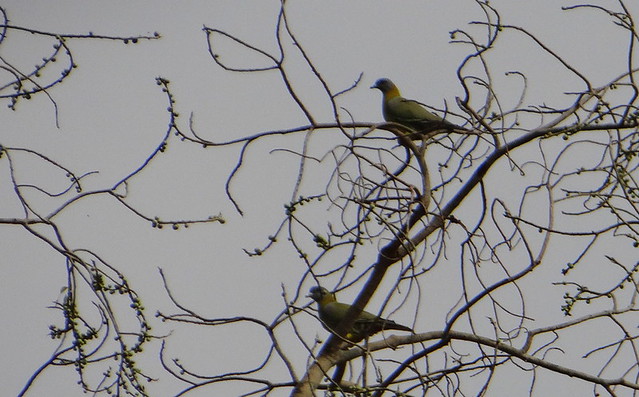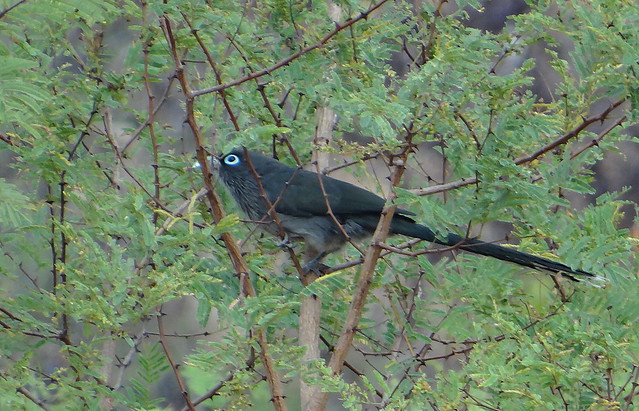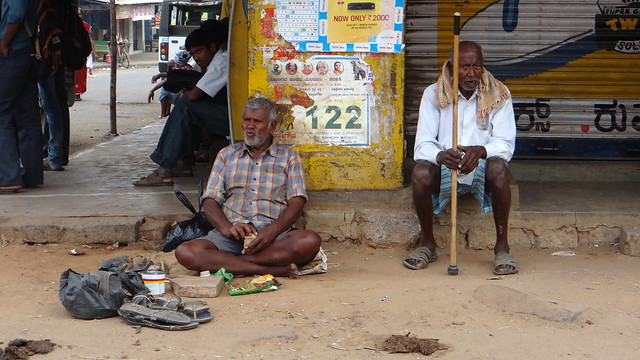Amith, Deepak, Sachin and I went to do a bird census for some friends, on their coffee estate in Sakleshpur. I must say, I didn’t expect such a dream list of birds at the end of April!
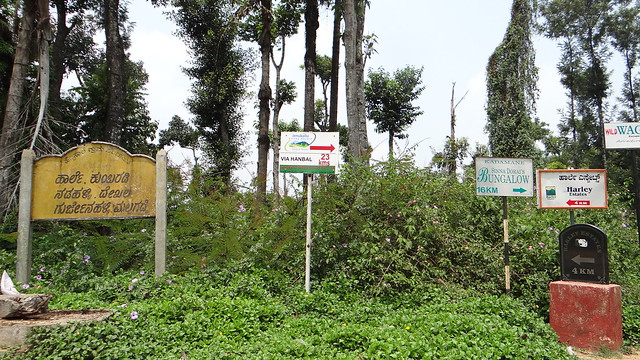
Signboards to various places.
The estate is about 450 acres, so, the best of our ability, we divided it into four quadrants and tried to cover one during each outing.
What a difference between a tea and a coffee plantation! Tea plants need the sun, so no other trees are grown; but since coffee needs to grow in shade, a coffee plantation has a variety of trees, and majestic trees are the rule rather than the exception. It was wonderful to see so many spices, beverages, and condiments…pepper, cardamom, cinnamon, ginger, coffee, cocoa…all growing together. What a magical region the Western Ghats are!
The fact that the estate had both a small pond and a running stream, even in summer, made for sighting of many more bird species. And perhaps thanks to the elevation, we found many of the migrants still around.
Sunrise:
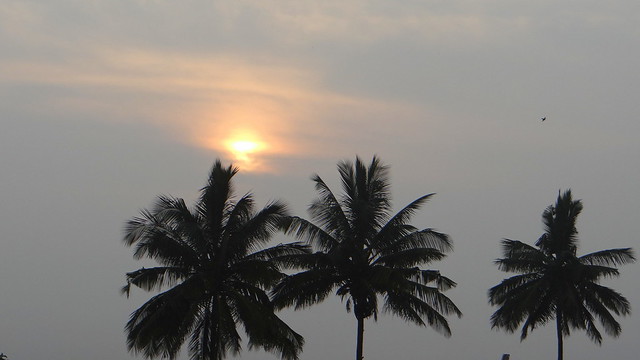
Deepak, checking the map with Mr Dicky, the manager, to decide on the next place to go birding in:

Another check:
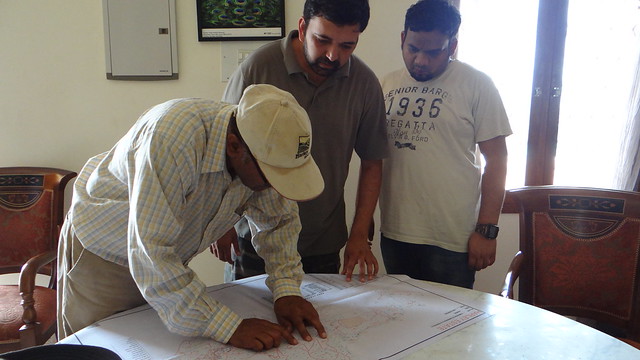
On the birding trail:

Deepak, Sachin, Mr Dicky, and Amith:
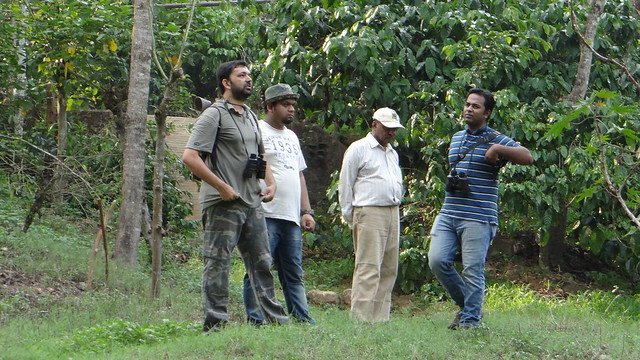
Stream and bamboo thicket:


A tiny frog:
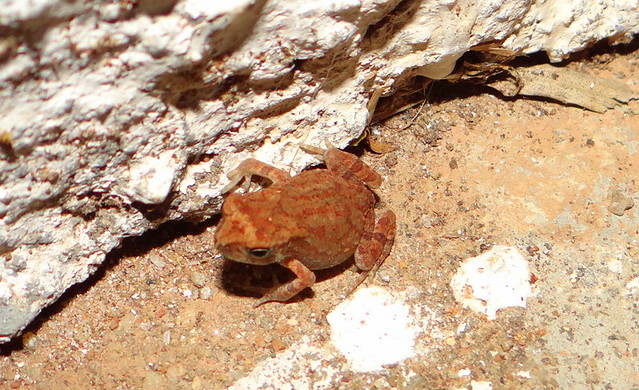
Damselfly:
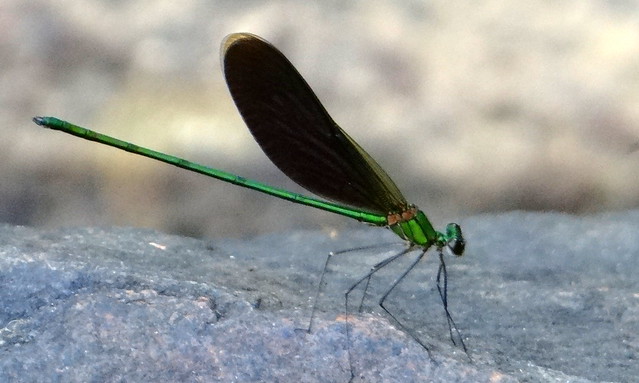
Common Crow on Latana:
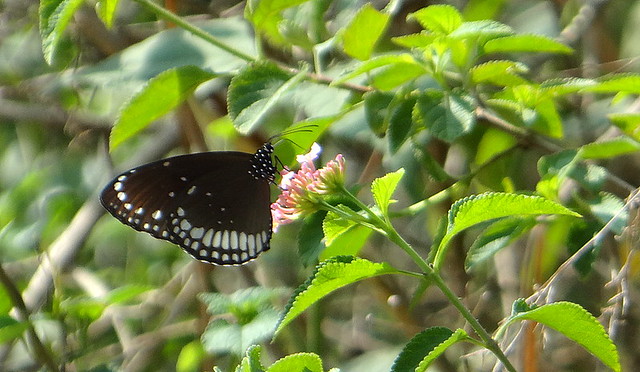
Blue Tiger on Lantana:
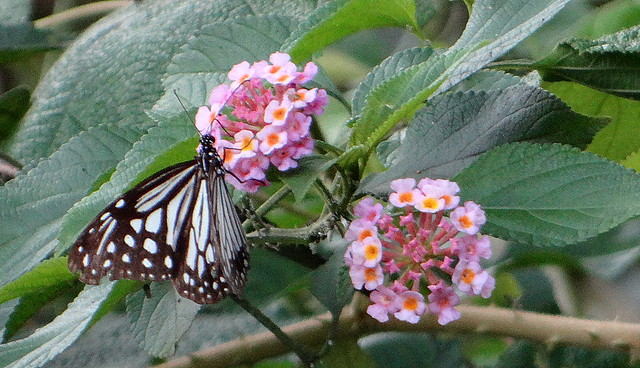
Moth:

Palm beetle (not the Arecanut farmer’s best friend):

Magical hills…
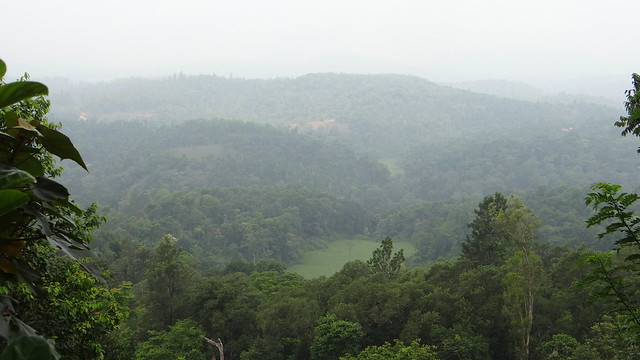
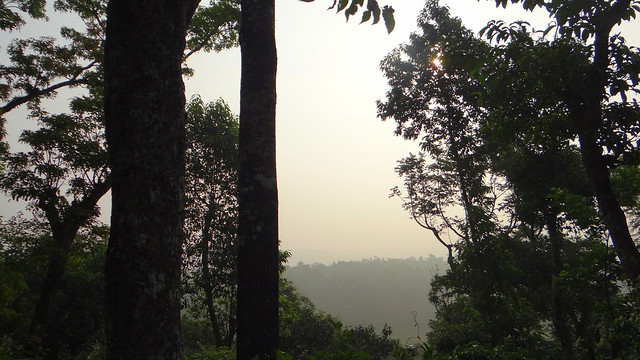
“Magizham Poo”:

Tiny wildflower.
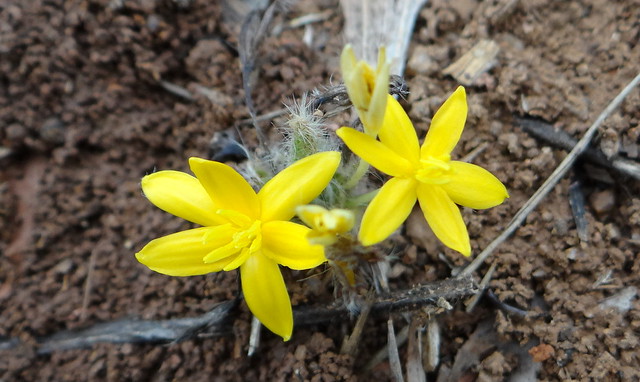
Datura (the fruit of this plant is very poisonous, but it’s used as an ornamental)
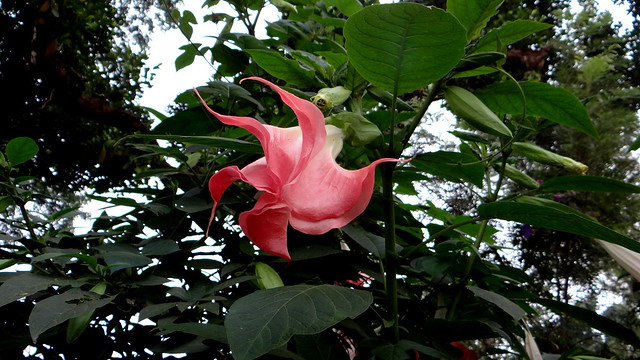
One of the coffee growing areas on the estate, and the year of planting.
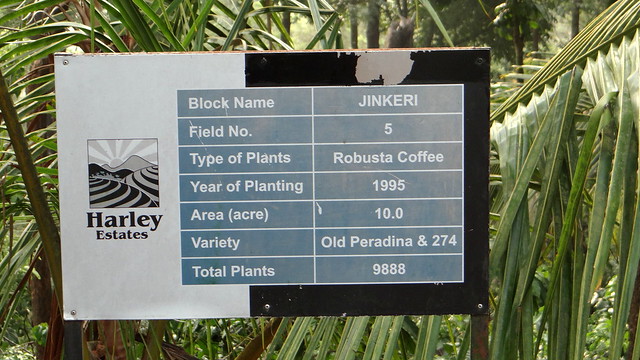
Plantation workers streaming in to work at day-break.

Mayflower (Gul Mohar) in full bloom on our way to Sakleshpur:
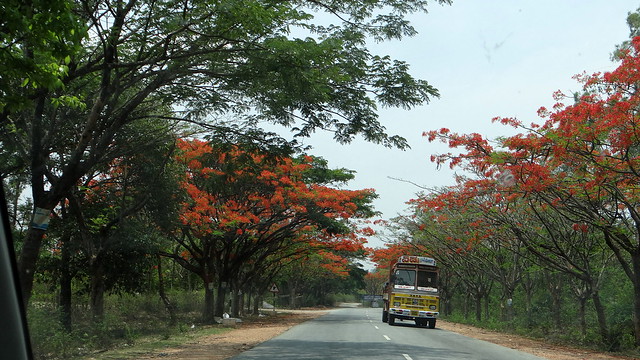
Wild Jasmine:
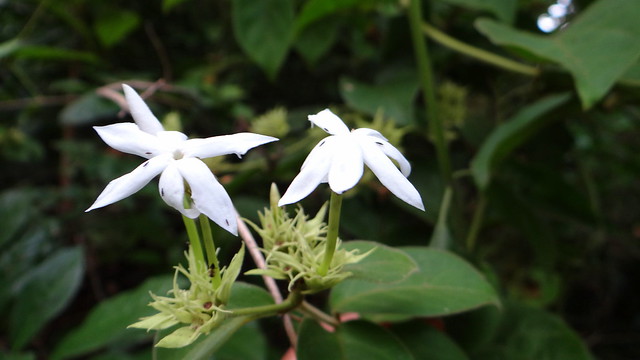
Un id wildflower:
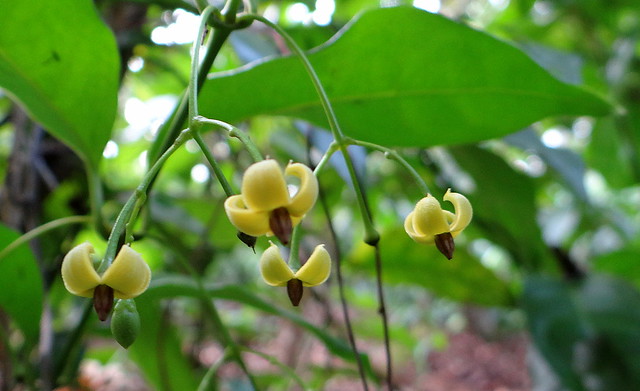
Beautiful new leaves:
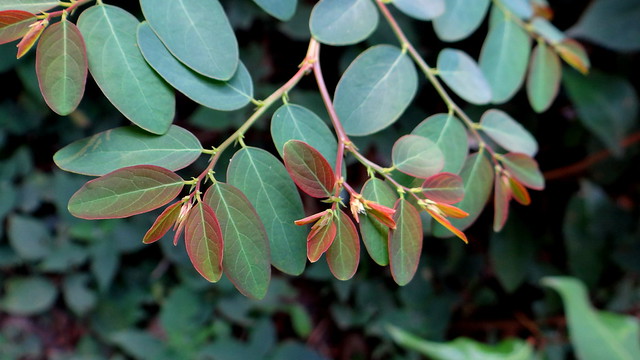
Un id plant.
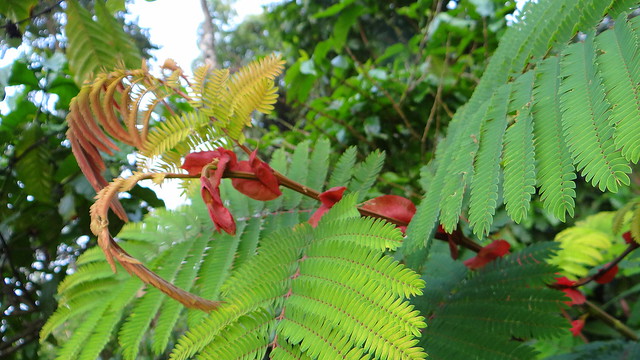
Waterlilies at Harley Estate.

Hibiscus
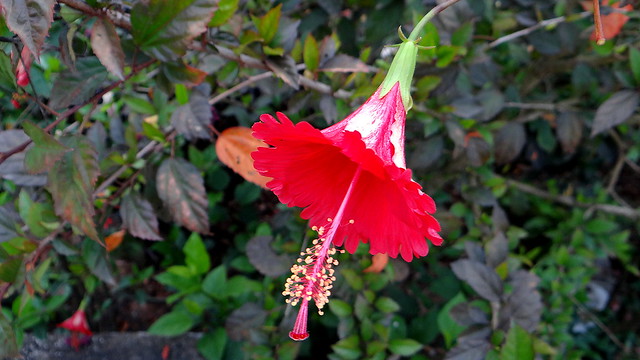
Confederate Rose:
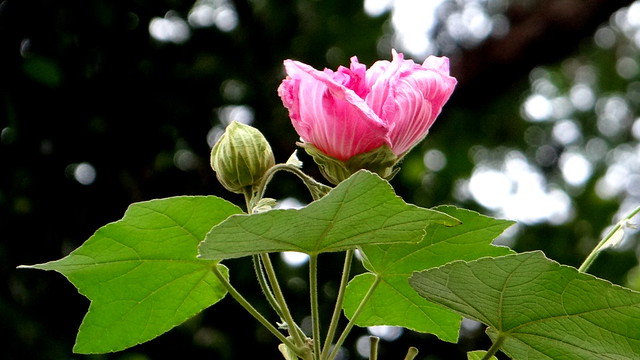
Un id Wildflower:
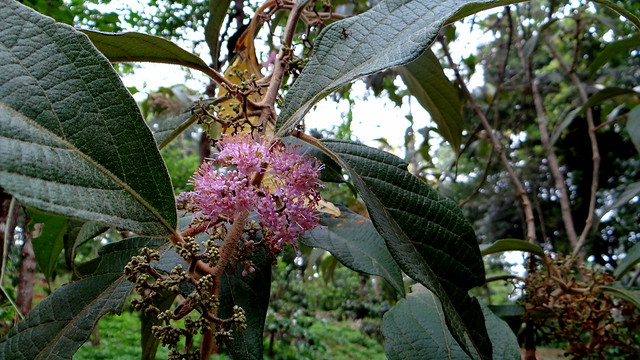
Bay leaf :
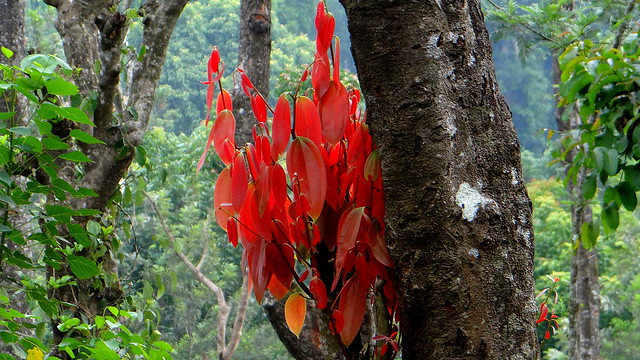
Lures set out to trap Coffee-berry borers, which destroy the coffee crop:
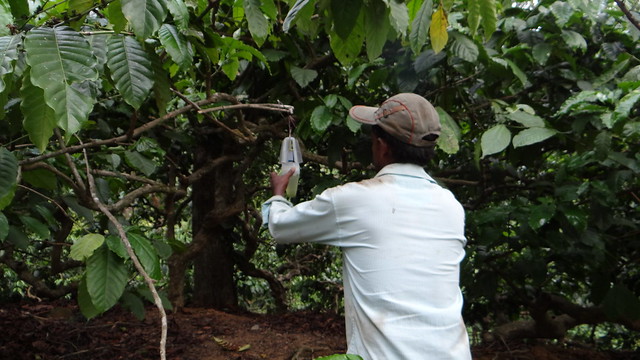
Coffee-berry Borers caught in the lure:

Red-vented Bulbul back!
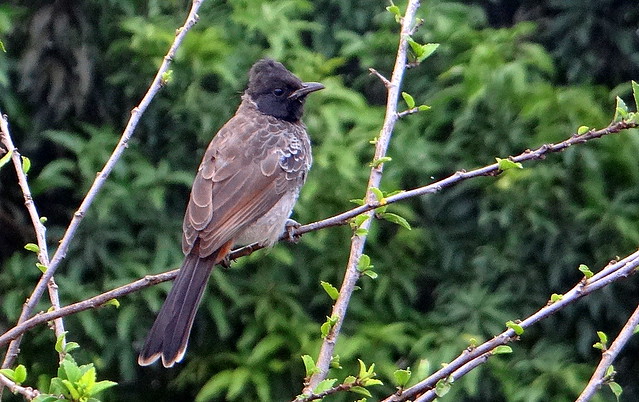
Red-vented Bulbul front!

Asian Fairy Bluebird:
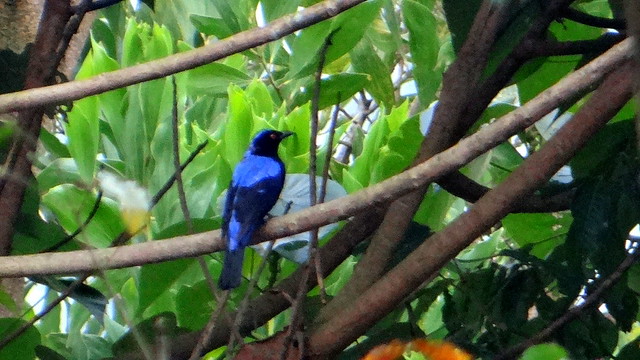
Jungle Myna:
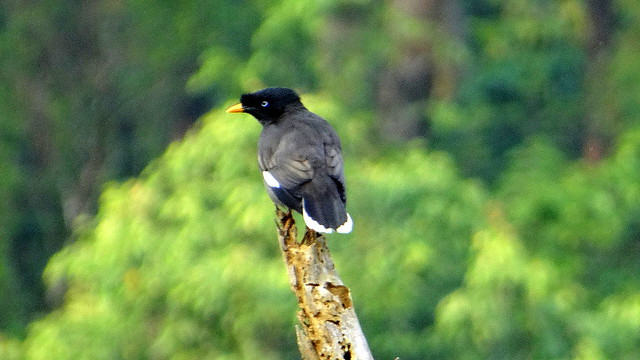
Scarlet Minivet:
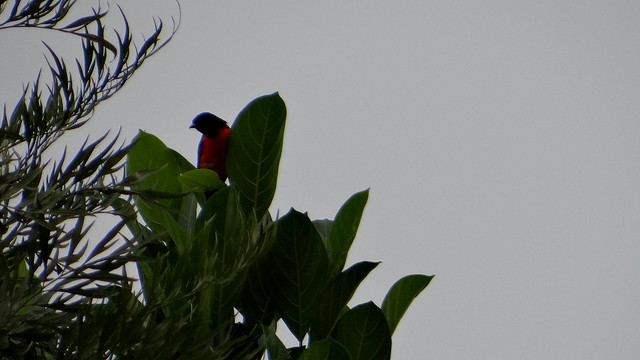
Syke’s Lark:
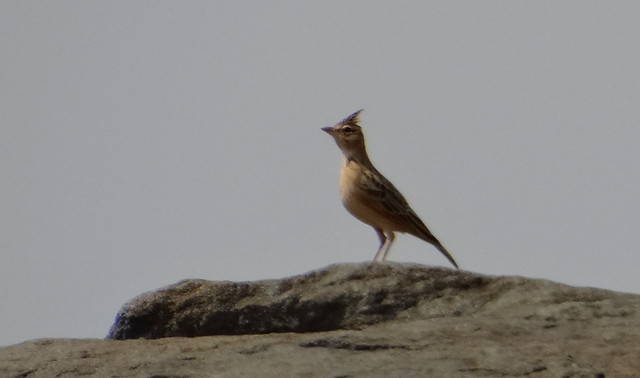
Chestnut-headed Bee-eater:

Dusky Crag Martin:
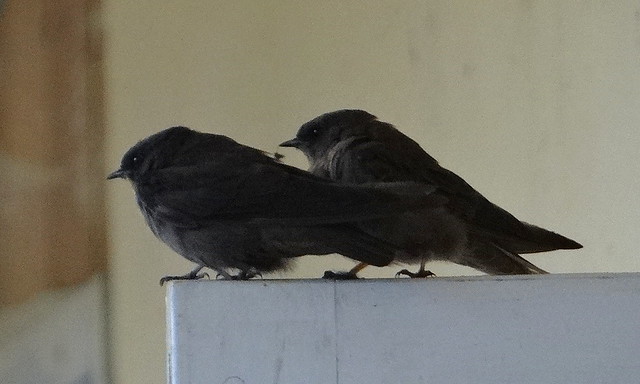
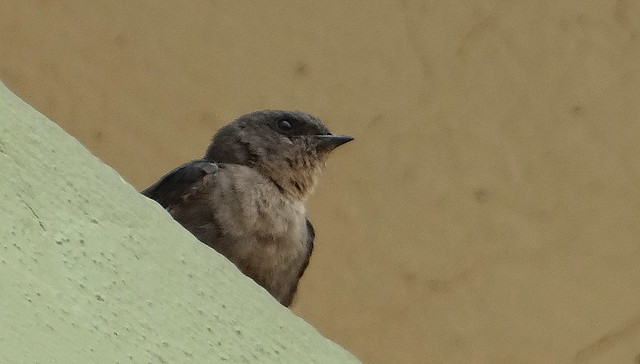
Laundry gets done the old-fashioned way, with a washing stone, at Harley Estates.
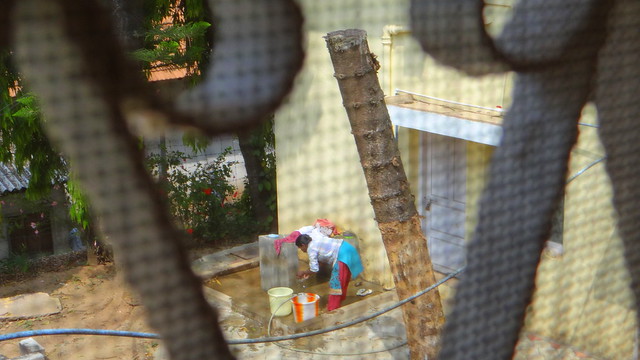
Deepak and Shravan.
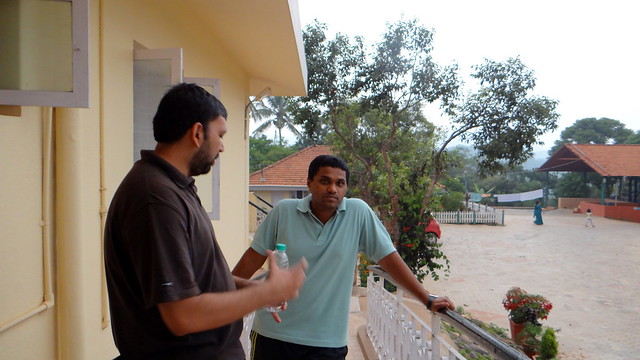
Four-poster bed at Harley Estate:
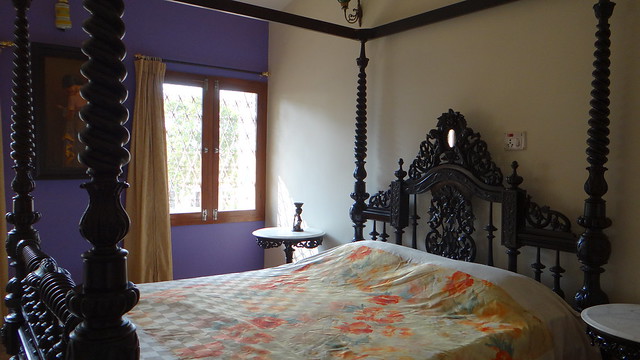
Beautiful antique mirror at Harley Estate:

House dating from 1959 at Sakleshpur:

Sunset:
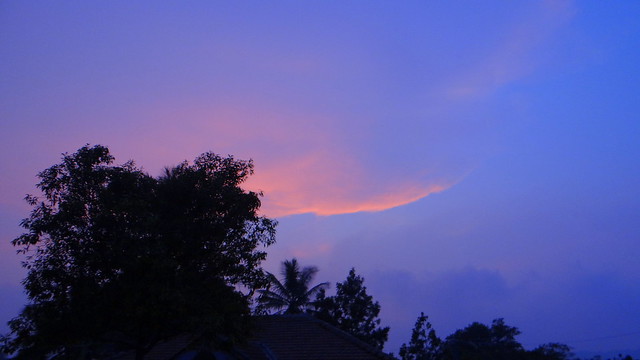
Enjoying watermelons and sugarcane juice in the summer heat:
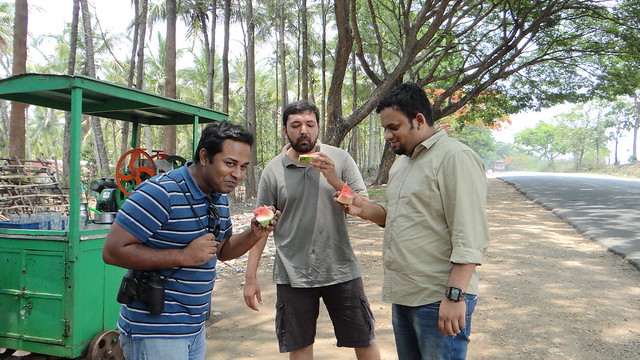

We stopped at this restaurant, named after the imaginary town created by R K Narayan,for an afternoon snack.
The estate census list is compiled by Deepak, and below that is the list I compiled, of the birds we saw on the drive to and from Sakleshpur. Any mistakes are mine.
On a non-birding note, Sakleshpur seems to have some great eating places, and we enjoyed some excellent akki roti!
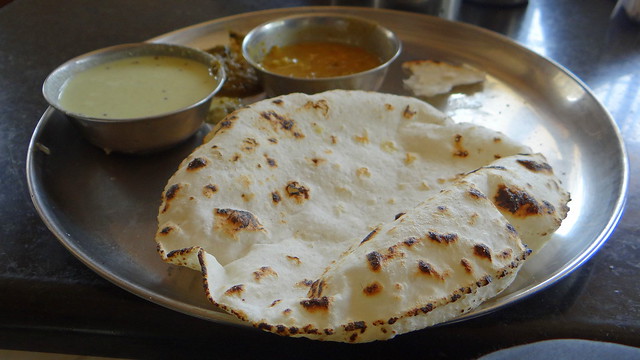
Consolidated bird list at the coffee plantation:
Gray Junglefowl – Gallus sonneratii
Indian Peafowl – Pavo cristatus
Asian Openbill – Anastomus oscitans
Little Cormorant – Phalacrocorax niger
Intermediate Egret – Mesophoyx intermedia
Little Egret – Egretta garzetta
Cattle Egret – Bubulcus ibis
Indian Pond Heron – Ardeola grayii
Oriental Honey-buzzard – Pernis ptilorhynchus
Crested Serpent-Eagle – Spilornis cheela
Crested Goshawk – Accipiter trivirgatus
Shikra – Accipiter badius
Brahminy Kite – Haliastur indus
White-breasted Waterhen – Amaurornis phoenicurus
Rock Pigeon – Columba livia
Spotted Dove – Streptopelia chinensis
Emerald Dove – Chalcophaps indica
Gray-fronted Green-Pigeon – Treron affinis
Banded Bay Cuckoo – Cacomantis sonneratii
Southern Coucal – Centropus sinensis
Little Swift – Apus affinis
Asian Palm-Swift – Cypsiurus balasiensis
White-throated Kingfisher – Halcyon smyrnensis
Chestnut-headed Bee-eater – Merops leschenaulti
Malabar Gray Hornbill – Ocyceros griseus
White-cheeked Barbet – Megalaima viridis
Malabar Barbet – Megalaima malabarica
Brown-capped Pygmy Woodpecker – Dendrocopos nanus
White-bellied Woodpecker – Dryocopus javensis
Lesser Yellownape – Picus chlorolophus
Common Flameback – Dinopium javanense
Black-rumped Flameback – Dinopium benghalense
Greater Flameback – Chrysocolaptes guttacristatus
Heart-spotted Woodpecker – Hemicircus canente
Plum-headed Parakeet – Psittacula cyanocephala
Malabar Parakeet – Psittacula columboides
Vernal Hanging-Parrot – Loriculus vernalis
Malabar Woodshrike – Tephrodornis sylvicola
Bar-winged Flycatcher-shrike – Hemipus picatus
Ashy Woodswallow – Artamus fuscus
Common Iora – Aegithina tiphia
Small Minivet – Pericrocotus cinnamomeus
Orange Minivet – Pericrocotus flammeus
Large Cuckooshrike – Coracina macei
Black-headed Cuckooshrike – Lalage melanoptera
Brown Shrike – Lanius cristatus
Indian Golden Oriole – Oriolus kundoo
Ashy Drongo – Dicrurus leucophaeus
Bronzed Drongo – Dicrurus aeneus
Spangled Drongo – Dicrurus hottentottus
Greater Racket-tailed Drongo – Dicrurus paradiseus
Black-naped Monarch – Hypothymis azurea
Rufous Treepie – Dendrocitta vagabunda
White-bellied Treepie – Dendrocitta leucogastra
Large-billed Crow – Corvus macrorhynchos
Dusky Crag-Martin – Ptyonoprogne concolor
Barn Swallow – Hirundo rustica
Red-rumped Swallow – Cecropis daurica
Black-lored Tit – Parus xanthogenys
Velvet-fronted Nuthatch – Sitta frontalis
Flame-throated Bulbul – Pycnonotus gularis
Red-vented Bulbul – Pycnonotus cafer
Red-whiskered Bulbul – Pycnonotus jocosus
Yellow-browed Bulbul – Iole indica
Square-tailed Bulbul – Hypsipetes ganeesa
Greenish Warbler – Phylloscopus trochiloides
Common Tailorbird – Orthotomus sutorius
Oriental White-eye – Zosterops palpebrosus
Dark-fronted Babbler – Rhopocichla atriceps
Indian Scimitar-Babbler – Pomatorhinus horsfieldii
Puff-throated Babbler – Pellorneum ruficeps
Brown-cheeked Fulvetta – Alcippe poioicephala
Rufous Babbler – Turdoides subrufa
Jungle Babbler – Turdoides striata
Asian Fairy-bluebird – Irena puella
Oriental Magpie-Robin – Copsychus saularis
White-rumped Shama – Copsychus malabaricus
Tickell’s Blue-Flycatcher – Cyornis tickelliae
Malabar Whistling-Thrush – Myophonus horsfieldii
Orange-headed Thrush – Geokichla citrina
Southern Hill Myna – Gracula indica
Jungle Myna – Acridotheres fuscus
Common Myna – Acridotheres tristis
Malabar Starling – Sturnia blythii
Golden-fronted Leafbird – Chloropsis aurifrons
Nilgiri Flowerpecker – Dicaeum concolor
Purple-rumped Sunbird – Leptocoma zeylonica
Crimson-backed Sunbird – Leptocoma minima
Loten’s Sunbird – Cinnyris lotenius
Little Spiderhunter – Arachnothera longirostra
White-browed Wagtail – Motacilla madaraspatensis
House Sparrow – Passer domesticus
Here’s the bird list for the journey to and from Bangalore to Sakleshpur:
Babbler, Jungle
Babbler, Rufous
Babbler, Yellow-billed
Bushcat, Pied
Barbet, Coppersmith
Barbet, White-cheeked
Bee-eater, Small Green
Bulbul, Red-vented
Bulbul, Red-whiskered
Coot, Common,
Cormorant, Little
Coucal, Southern
Crow,House
Crow, Jungle
Dove, Spotted
Drongo, Black
Duck, Spot-billed
Egret, Cattle
Egret, Intermediate
Flameback, Black-rumped
Flowerpecker, Pale-billed
Heron, Grey
Heron, Indian Pond
Heron, Purple
Hoopoe, Common
Ibis, Black-headed
Iora, Common
Jacana, Bronze-winged
Kingfisher, White-throated
Kite,Black
Kite,Brahminy
Lapwing, Red-wattled
Lark, Syke’s
Martin, Dusky Crag
Moorhen, Common
Myna, Common
Myna, Jungle
Openbill, Asian
Owl, Rock Eagle
Parakeet, Rose-ringed
Pigeon, Blue Rock
Prinia, Ashy
Pygmy-Goose, Cotton
Robin, Indian
Robin, Oriental Magpie
Roller, Indian
Shrike, Brown
Shrike, Long-tailed
Sparrow, House
Starling, Brahminy
Starling, Chestnut-tailed
Stork, Painted
Sunbird, Purple
Sunbird, Purple-rumped
Swallow, Red-rumped
Swamphen, Purple
Swift, Asian Palm
Tailorbird, Common
Tit, Great
Treepie, Rufous
Treepie, White-bellied
Wagtail, White-browed
Wagtail, Yellow
Warbler, Booted
Waterhen, White-breasted
Whistling-Duck, Lesser
White-eye, Oriental
Woodswallow, Ashy
Butterfly List:
Blue, Various
Bush Brown, Common
Bush Brown, Glad-eye
Castor, Common
Crow, Common
Crow, Double-banded
Coster, Tawny
Damselflies, Various
Dragonflies, Various
Emigrant, Common
Jezebel, Common
Rose, Common
Skipper, Indian
Tiger, Plain
Tiger, Striped
Wanderer. Common
Yellow, Common Grass
Yellow, Three-spot Grass
Mammals:
Macaque, Bonnet
Mongoose, Ruddy
Reptiles/Amphibians
Agama, Peninsular Rock
Bullfrog Indian
Frog, un id, Fejarvarya sp.
Snake, Rat
My photos (er, mixed bag, don’t look if you only want birds!) are on my FB albums at
here
here
and
here
Hope you enjoyed the e-trip!


